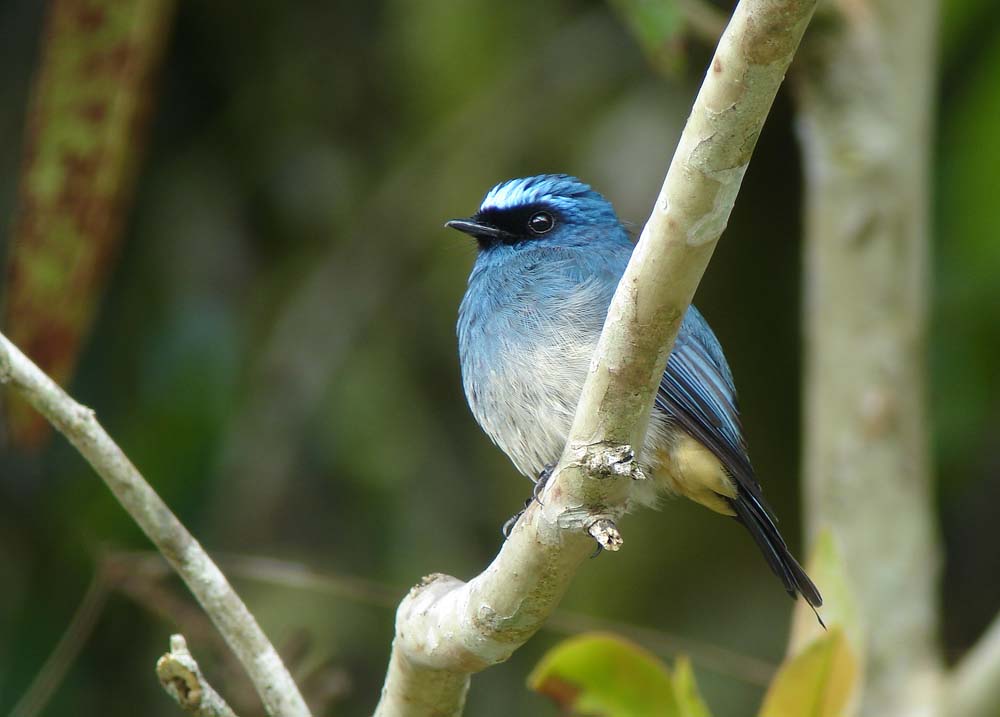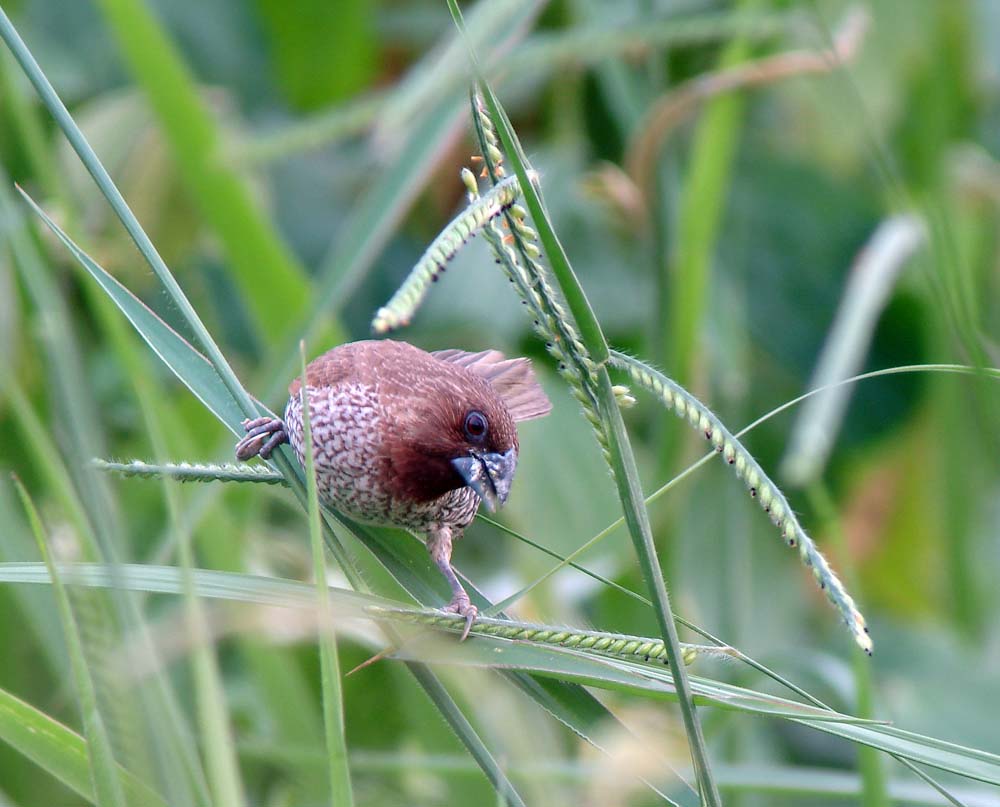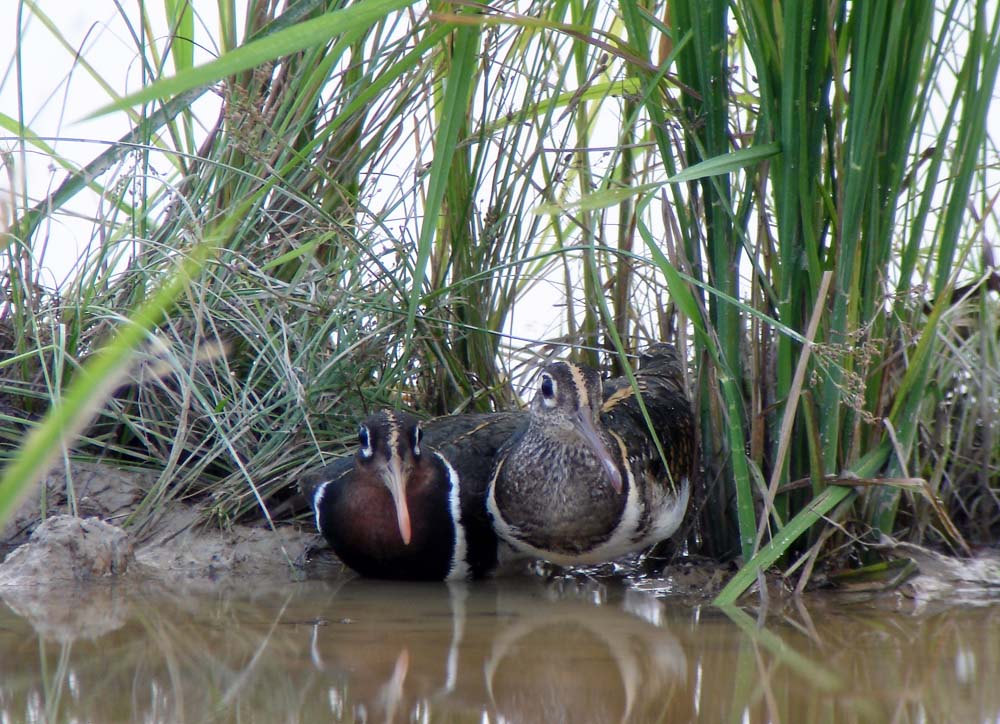Indigo Flycatcher
In the mountains of Sumatra, Java or Borneo, you will be really unlucky to miss the tame Indigo Flycatcher Eumyias indigo. This dark blue flycatcher displays a light blue or almost white forecrown and buff vent. Its habits are typical of flycatchers and will come out to the forest edges. I took this picture at the carpark in front of the Visitor Centre at Kinabalu Park HQ. Couldn’t have asked for an easier shot.
 August 23, 2009
|
Posted by Administrator
August 23, 2009
|
Posted by Administrator

 Categories:
Categories: 




Recent Comments